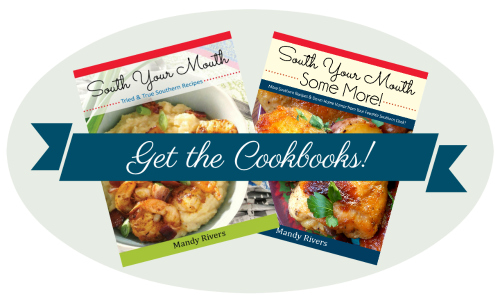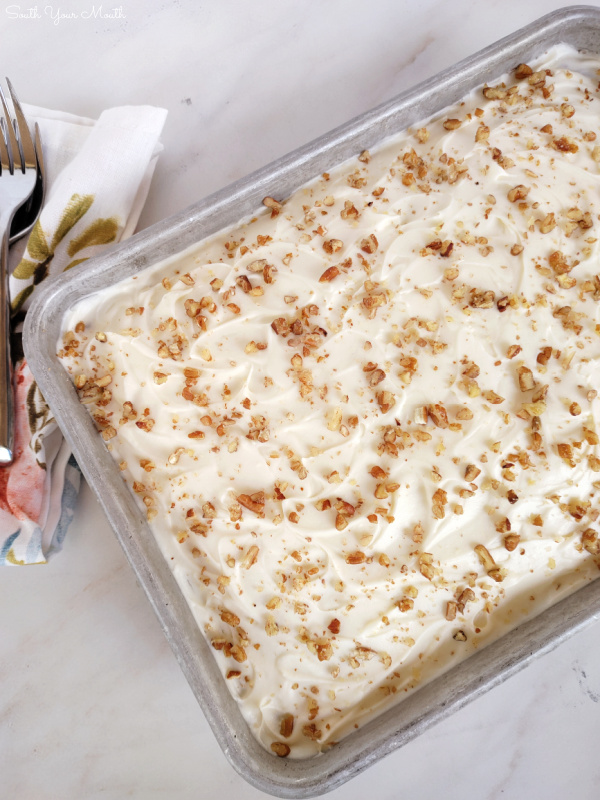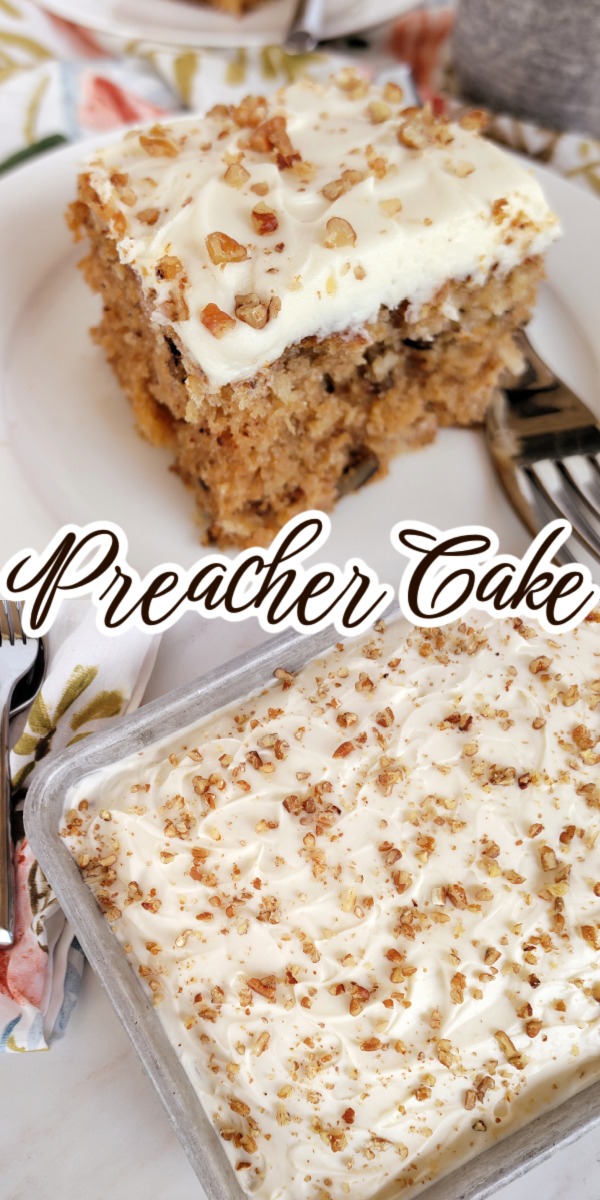A step-by-step recipe for cooking the best authentic Southern collard greens.
JUMP TO RECIPESo, if you didn't know this already, we Southerners are pretty set in our ways when it comes to cooking certain dishes.
Oh, we’ll eat it your way and be polite about it but we’re secretly talking smack about it under our breath.
Did that heifer put Miracle Whip in the potato salad? Bless her heart.
I shred the cheese by hand when I make my macaroni and cheese but I reckon some people like it dry.
I think those boiled peanuts could've done with way less salt, but I'm not judging.
And cooking greens is no exception. We all do it differently. I've seen more than one Southern food “expert” on television cook them in ways that made me think, Well no wonder the rest of the world doesn't like greens if y'all cooking them like that.
One was so bad I had to lean up against the door frame for a minute and give thanks, once again, to my late grandma for showing me and Mama how to cook good Southern food.
I’m going to tell you how I cook them. This is how I was raised to cook them. And this is how I like them best!
NOTES ABOUT THIS RECIPE FOR COLLARD GREENS
- When I get collards, they’re usually given to me by someone who grew them in their own garden so I have to take extra care when cleaning them (it's not uncommon to find leaves, pine straw, dirt or maybe even a small critter in the bag). If yours came from a grocery store, you likely won't need to wash them twice like this recipe.
- It is my VERY strong opinion that you must cut the midrib (center vein that divides each leaf) from the collards. The midrib is fibrous and sometimes tough and bitter.
- This is a basic recipe. Lots of folks like to add other seasonings such as red peppers, garlic, red pepper flakes, sugar, vinegar, etc. Feel free to add anything that suits your fancy. I will sometimes add a splash of vinegar if I think the collards might be bitter (early in the season) but for the most part I like them plain and simple the best.
- Substitute vegetable oil for bacon grease if necessary then ask the Lord to forgive you for throwing out your bacon grease.
- It's best not to cook collards until after the first frost to ensure they’re not bitter but so long as you cut the midrib out, they're usually just fine.
- Collards are most often served with pepper vinegar on the side.
RECIPES TO SERVE WITH COLLARD GREENS
I've always enjoyed pork and rice with collard greens - here are a few of my favorite recipes!
- Crock Pot Pulled Pork – Perfectly seasoned, tender, juicy pulled pork cooked low and slow in a slow cooker.
- Better-Than-Bojangles Dirty Rice – A copycat recipe for Bojangles iconic Cajun dirty rice, made with sausage and a favorite throughout Southern states, especially the Carolinas!
- Baked Country-Style Ribs – Tender country-style ribs baked low and slow in the oven with barbeque sauce.
- Perfect Pork Loin with Effortless Au Jus – The absolute easiest, perfectly cooked roasted pork loin that’s tender and juicy every time.
- Country-Style Ribs & Rice – An old-school Southern recipe made with rice cooked in a rich stock made from slowly cooked country-style ribs.
- Butter-Braised Slow Cooker Pork Roast – Fork-tender pork loin drenched in sizzling butter seasoned with Cajun spices cooked to crispy perfection in the crock pot.
Recipe for Southern-Style Collard Greens
Southern Style Collard Greens

Ingredients
- 1 large or 2 small bunches fresh collard greens
- 5-6 strips bacon, cut into 1/2 inch pieces
- 3 tablespoons additional bacon grease or vegetable oil
- 1 onion, diced
- Salt to taste
Instructions
- Start by tearing each leaf off the stalk and placing the leaves in a clean sink full of cold water. Plunge the leaves several times into the water to clean them. Discard the stalk and any other debris. Drain the sink and rinse well.
- One-by-one, trim the center rib (midrib) from each leaf, cutting each leaf into two halves, discarding the rib. Add the leaves back to the sink and fill with cold water again to ensure they’re clean. Drain collards.
- Place 6-8 leaves in a stack and roll tightly (like you’re rolling a cigar). Slice roll into 1-inch ribbons. Continue the process with remaining collards then set aside until ready to cook.
- Using the biggest skillet or widest pot you have (that has a lid), cook bacon and bacon grease over medium-high heat, uncovered, until bacon is crisp. Add onions and continue cooking until onions are translucent.
- Add as much of the collards as will fit in the skillet and toss to coat in the bacon drippings. Cover skillet with lid and let collards cook down (wilt) for 2-3 minutes. Add more collards and repeat this step until all collards are in the skillet.
- Reduce heat to low, salt to taste and continue cooking, covered, for about an hour or until collards are as tender as you like them; stir occasionally.
Notes
- When I get collards, they’re usually given to me by someone who grew them in their own garden so I have to take extra care when cleaning them (it's not uncommon to find leaves, pine straw, dirt or maybe even a small critter in the bag). If yours came from a grocery store, you likely won't need to wash them twice like this recipe.
- It is my VERY strong opinion that you must cut the midrib (center vein that divides each leaf) from the collards. The midrib is fibrous and sometimes tough and bitter.
- This is a basic recipe. Lots of folks like to add other seasonings such as red peppers, garlic, red pepper flakes, sugar, vinegar, etc. Feel free to add anything that suits your fancy. I will sometimes add a splash of vinegar if I think the collards might be bitter (early in the season) but for the most part I like them plain and simple the best.
- Substitute vegetable oil for bacon grease if necessary then ask the Lord to forgive you for throwing out your bacon grease.
- It's best not to cook collards until after the first frost to ensure they’re not bitter but so long as you cut the midrib out, they're usually just fine.
- Collards are most often served with pepper vinegar on the side.


















